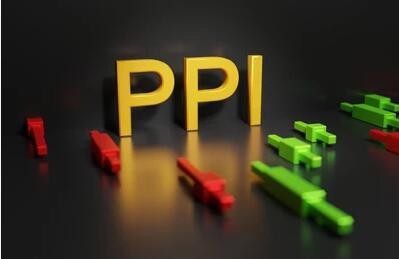
What is PPI?
PPI, or the Producer Price Index, is an economic indicator that measures the average change in prices received by domestic producers of goods and services. As a Forex trader, you can use the PPI to gain insights into inflation and potentially predict future changes in interest rates.
Here are some steps you can follow to use PPI in Forex trading:
Stay updated on PPI releases: PPI data is released by various government agencies, including the US Bureau of Labor Statistics, Eurostat, and the Australian Bureau of Statistics. Keep an eye on the economic calendar to know when the data is due to be released.
Analyze the data: Once the data is released, analyze it to understand the trend in producer prices. A rising trend in PPI suggests inflationary pressures, while a falling trend suggests deflationary pressures.
Look for correlations with other economic indicators: Analyze the correlation between PPI and other economic indicators such as GDP, CPI, and employment data. This will help you understand the broader economic picture and potential future trends.
Use the information to make trading decisions: Based on your analysis, you can make trading decisions. For example, if PPI is rising, it may suggest inflationary pressures and a potential increase in interest rates. This may make the currency more attractive to investors, leading to an appreciation in its value. On the other hand, if PPI is falling, it may suggest deflationary pressures, which may cause the currency to depreciate.
Manage your risks: Remember that trading is inherently risky, and PPI data alone may not be enough to predict market movements accurately. Therefore, it is essential to manage your risks and use appropriate risk management strategies to protect your capital.
In summary, as a Forex trader, you can use PPI data to gain insights into inflation and potential changes in interest rates. However, it is important to analyze the data in conjunction with other economic indicators and manage your risks appropriately.
